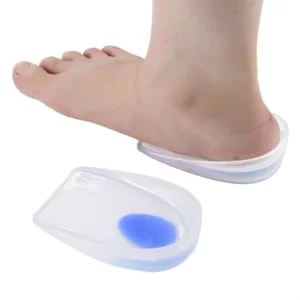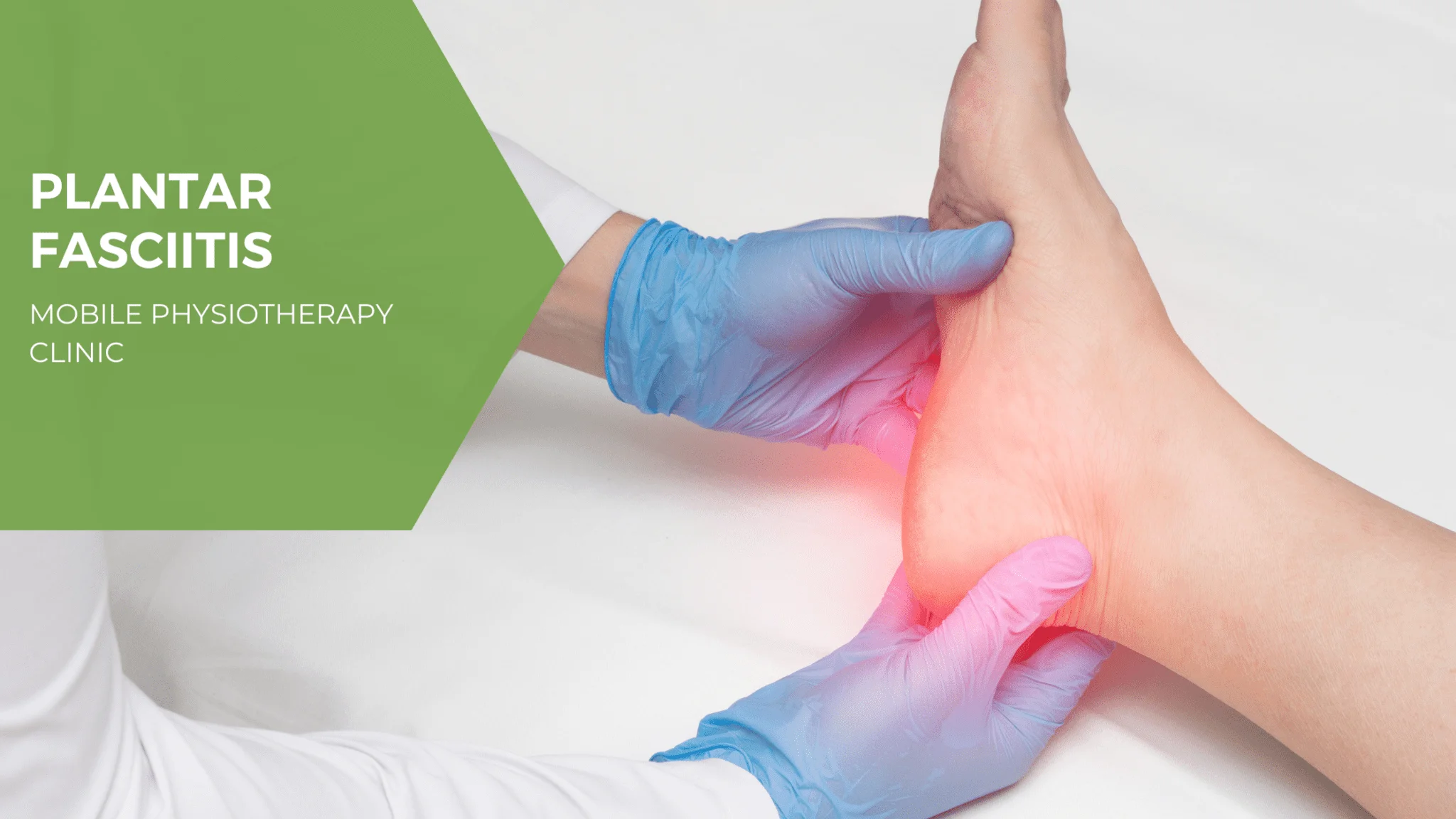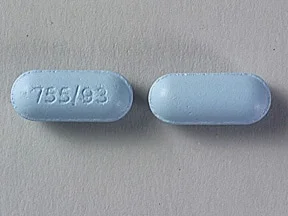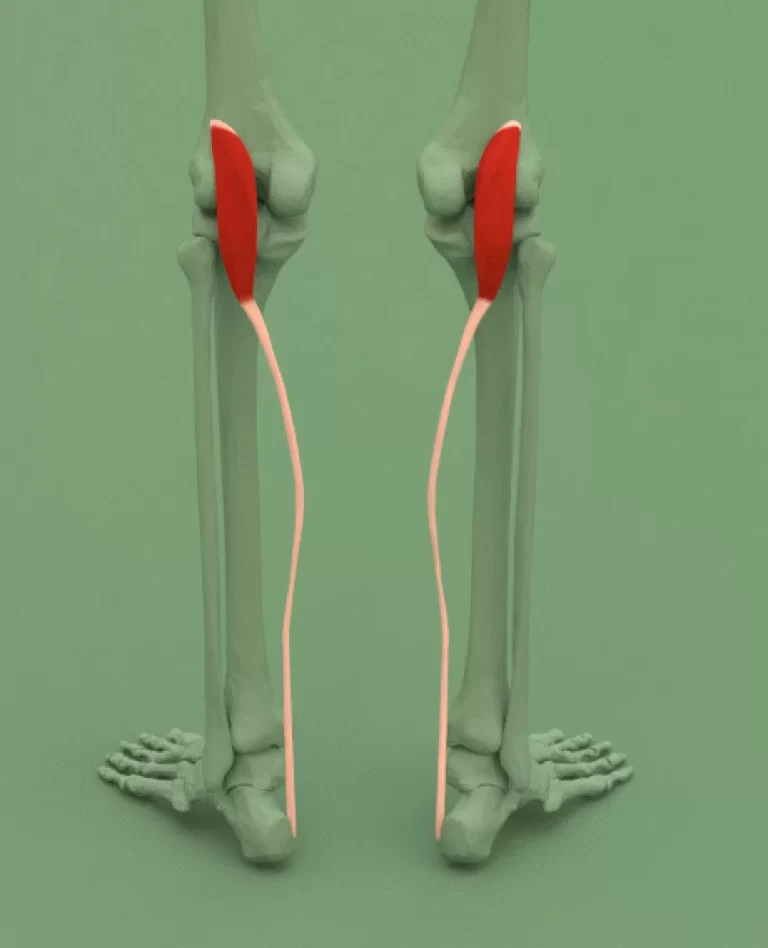Plantar Fasciitis Home Remedies
If you are looking for Home Remedies for Plantar Fasciitis, there are a variety of treatment options available you can do at Home. In this article, we discuss what is Plantar Fasciitis and How anyone can also try Home remedies for the treatment of Plantar fasciitis.
Plantar fasciitis causes inflammation in the thick band of tissue that runs along the bottom of the foot and connects the heel bones to the toes. Plantar fasciitis causes stabbing pain usually with the first steps in the morning. The pain decreases when you get up and move around. It may return after standing for a long time or when you stand up after sitting. The pain usually gets worse after exercise and not during it. This condition can be caused by tearing and stretching, which can inflame the fascia.
The human foot looks simple from the outside but is actually quite complicated.
The pain of plantar fasciitis occurs when your plantar fascia ligaments, the band of tissue that runs along the bottom of your foot, become torn and inflamed. The plantar fascia helps support and connect the muscles of the foot. If plantar fasciitis is left untreated for too long, it can lead to the development of heel spurs.
Symptoms of Planter Fasciitis
The main symptom of plantar fasciitis is pain along the sole of the foot in the heel area. Patients often describe this pain as a sharp, throbbing pain.
For many people, PF pain is worse first thing in the morning. We know from experience that the first few steps after getting out of bed can be terrifying.
Another notable characteristic of PF pain is that it is usually felt more acutely after activities such as walking. But walking can actually help.
Home Treatments For Plantar Fasciitis
First, let’s see if simple home remedies can cure your chronic pain.
1. Stretching and exercise
I believe that rehabilitation and stretching are the keys to early recovery. Here is a list of my top exercises and stretches for plantar fasciitis. Some of these exercises do not require equipment.
Some people need household items such as chairs and towels. It is important to remember that you have to be diligent and consistent to see results. Do this for at least about 14 – 20 minutes a day. Make sure you also stretch your calf muscles as well.
2. Foot fascia massage
If a physical therapist is out of the question, self-massage is a reliable way to help relieve pain and stretch the plantar fascia. Use your thumbs to massage the heels and arches of the feet.
If you can’t reach your feet or want to use equipment, try a golf ball or racquetball. Sit or grab a sturdy object for support and place your foot on the ball. Roll it under your arch for a hands-free massage.
3. Running at night
If you have been suffering from plantar fasciitis for more than 6 weeks, you can try night splints. These splints stretch your calves and arches while you sleep. There is a hard model and a soft model
4. Sports bar/KT
It won’t treat or cure heel pain, but you can use sports tape or KT tape to support and stabilize your foot. This will help reduce pain during recovery. Tape before exercise can help prevent movements that can aggravate foot and heel pain. In addition, It also provides dynamic stability to the Plantar Fascia.
5. Shoes and shoe insoles
Shoe inserts are a practical tool that can help you relieve pain. They get into play by distributing your weight more evenly. If you would have high arches, they would also be useful for providing arch support. You will probably only need to wear the pads for a few months. Supportive shoes can also make a difference. Look for shoes with a good arch. Choose sports shoes instead of high heels. And always avoid walking barefoot. Consider getting your own prosthetics if you are having trouble buying one that’s comfortable.
6. Avoid high-impact exercise
High-impact exercise, such as running or jumping, can put additional stress on an already stressed leg. This is most of the time true if you are exercising on a hard surface. You need to stay active while you heal, and replace your usual high-impact activities with low-impact ones. You sweat while cycling or swimming.
7. Unroll the sheets
It may sound silly, but sleeping with the sheets tucked in puts unnecessary pressure on your legs. Roll out the sheets and you may notice a reduction in plantar fasciitis symptoms.
8. Lose weight
No one wants to hear this advice, but losing weight often makes the biggest difference in overall health. Extra weight means increased pressure on your plantar fascia and Achilles tendon. A recent study found a link between plantar fasciitis and high BMI. Shed the extra pounds and treat yourself to pain relief too.
9. Socks for plantar fasciitis
For many people, plantar fasciitis socks can make a difference. They come in different colors, sizes, and styles. For example, you can choose from fingerless sleeves or traditional sports socks. Most of these socks are compression socks, which means they will fit a little tight. If you can get used to them, they can help increase blood flow, potentially leading to faster recovery.
10. Apply ice
Ice is useful for treating most sports injuries, including heel pain. Icing is an easy type of rehabilitation at home. Simply wrap a piece of cloth around an ice pack and place your foot on it. For maximum results, apply ice to the foot for up to 20 minutes at a time, three to four times a day.
11. Rest and wellness
I know that taking a break from physical activity is not always appropriate. This is especially true if you do a job that mostly requires you to be on your feet. However, if you can afford to take a few days off, it’s definitely worth a shot. After all, plantar fasciitis is an overuse injury. It’s your body’s way of telling you that your leg is tired. Resting gives your leg the time it needs to heal and recover. And spend a little more time relaxing at your home.
Causes of Plantar Fasciitis
So before I show you some effective home remedies, let us see what causes this terrible heel pain.
Unfortunately, there is no definite answer. The main cause of pain varies from person to person. However, this is almost always due to overuse.
If you experience heel pain after a particular accident or incident, such as a fall, your pain may not be caused by plantar fasciitis. It could be a fracture or injury to the heel bone. In this case, consult your doctor for an accurate diagnosis.
Here are some of the most common risk factors and causes for plantar fasciitis:
- Be on your feet – Foot pain is common in runners and other athletes. But it does not only apply to athletes. People who work in jobs where they are on their feet all day are also prone to PF, especially if they wear shoes without arch support. So if you’re a teacher, restaurant server, or retail worker, you may also be prone to heel pain.
- Participation in certain sports – Some athletes suffer from PF more often than others. Any activity or sport that puts a lot of stress on your heels and feet will be a problem. Some examples of high-risk sports include dancing and running.
- Anatomy – There are also some anatomical things that contribute to PF pain. For example, it is a fairly common complaint in people with high arches or flat feet. Tight Achilles tendons may also cause plantar fascia pain.
- Carrying excess weight – Obesity contributes to PF by putting extra weight and stress on your body. Lose weight and you can find your heel pain subsides age. Plantar fasciitis is most common in people between the ages of 45 and 60.
Plantar Fasciitis Home Remedies
Most people who have plantar fasciitis recover within a few months with conservative treatment such as icing the painful area, stretching and adjusting, or avoiding activities that cause pain.
Medicines
Pain relievers such as ibuprofen (Advil, Motrin IB, others) and naproxen sodium (Aleve) can relieve the pain and inflammation of plantar fasciitis.
Physical Therapy
Physical therapy or the use of special equipment can help you in relieving the symptoms.
- Physical therapy – A physical therapist can show you exercises to stretch the plantar fascia and Achilles tendon and strengthen the muscles of the lower extremities. A therapist can also teach you how to apply athletic taping to support the lower leg.
- Night splints – Your physical therapist or health care provider may recommend that you wear a splint that holds the plantar fascia and Achilles tendon in an extended position overnight to encourage stretching while you sleep.
- Orthopedic insoles. Your healthcare provider may prescribe standard or custom-fitted arch supports (orthotics) to distribute the pressure more evenly across your feet.
- A walking shoe, canes, or crutches – Your healthcare provider may recommend one of these for a short period of time to prevent you from moving your legs or to prevent you from putting full weight on your leg.
Heel pads

Heel soft pads should relieve heel pain and inflammation and also help to absorb shock forces and distribute them evenly throughout the heel reducing stress.
However, We also recommend that Heel spur pads were effective in reducing foot pressure and reducing foot forces while customized can also be other options to reduce foot peak forces on both sides and are a better option as compared to Heel pads.
Pre-fabricated and customized orthotics are therefore useful in distributing even pressure over the foot region through Footwear Modification
Footlogics: It helps in reducing relief from Plantar Fasciitis (heel pain and heel spurs), Achilles Tendinopathy, and also forefoot pain. The main goal is to correct over-pronation, fallen arches, and flat feet.
Insoles study: If you are suffering from heel pain, diagnosed as Severe injury, wore insoles with no other treatments added and all patients maintained their high level of physical activity throughout the study. The study shows that significant pain relief during physical activity when using insoles was found.
Surgical or other procedures
If more conservative measures don’t work after a few months, your healthcare provider may recommend:
- Injection – Injection of steroid medication into the tender area can provide temporary pain relief. Multiple shots are not recommended as they can weaken your plantar fascia and possibly cause it to rupture. Platelet-rich plasma obtained from one’s own blood can be injected into the sensitive area to promote tissue healing. Ultrasound imaging during injections can help with accurate needle placement.
- Extracorporeal shock wave therapy – Sound waves are directed to the area of heel pain to stimulate healing. This is for chronic plantar fasciitis that has not responded to more conservative treatment. Some studies show very good results, although this therapy has not been shown to be consistently effective in its execution.
- Ultrasonic tissue repair – This minimally invasive technology uses ultrasound imaging to guide a needle probe into damaged plantar fascia tissue. The tip of the probe then rapidly vibrates to break up the damaged tissue, which is suctioned out.
- Surgery – Few people need surgery to separate the plantar fascia from the heel bone. It is generally only an option if the pain is severe and other treatments have failed. It may be done as an open procedure or through a small incision with local anesthesia.






